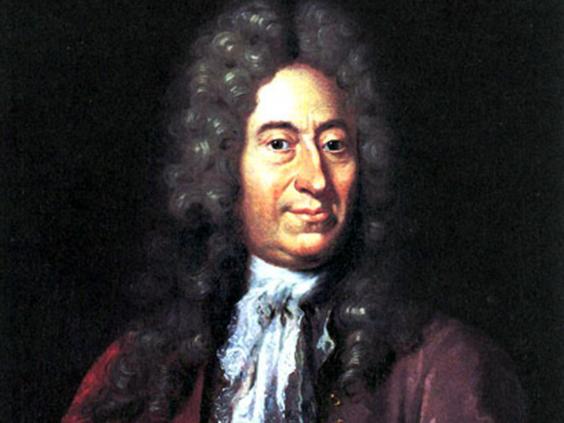 |
By timing the eclipses of the Jupiter moon Io, He estimated that light would take about 22 minutes to travel a distance equal to the diameter of Earth's orbit around the Sun. This would give light a velocity of about 220,000 kilometres per second in SI units, about 26% lower than the true value of 299,792 km/s.His method was based on observations of the eclipses of the moons of Jupiter (by Jupiter).
He realised there could not be a difference in the length of time it took for Io to orbit Jupiter and that
the difference in time recorded between the eclipses must be due to the speed of light. He was then able to roughly calculate how long it took for light to travel across Earth's orbit, which he worked out was around 22 minutes, and determined the speed of light by dividing the diameter of the Earth's orbit by the time difference. His calculations were later refined, with modern measurements calculating the time it takes for light to cross Earth's orbit at around 17 minutes.
The director of the Paris Observatory where he worked, Giovanni Domenico Cassini,never fully accepted the theory.But other natural philosophers of the period, such as Christiaan Huygens and Isaac Newton warmed towards it.Just like artists who are never appreciated while alive until they die,2 decades after Ole's death, It was finally confirmed with the explanation in 1729 of stellar aberration by the English astronomer James Bradley.
Ole Roemer was born in Denmark in 1644, studied in Copenhagen and was mentored by Rasmus Bartholin. He went on to become a professor of astronomy at the University of Copenhagen and in later life had an instrumental role in policing the city as well as creating a system of measurements.But his legacy and what he will be most remembered for,is determinig the speed of light, which is one of the most imortant discoveries in the history of science.
So what were the other remarkable achievements of Ole?See some below.
1- He developed a temperature scale that divided the measurements between freezing water and boiling water into 60 degrees.
2-He invented the mercury thermometer and in 1708 Daniel Gabriel Fahrenheit visited Roemer to see how he constructed his thermometers before creating his own and the Fahrenheit scale.
3- In Denmark , he introduced the first national system of weights and measures, managed to persuade the King to introduce the Gregorian calendar and invented the first street lamps in in Copenhagen.
4-He later became the second Chief of the Copenhagen Police and was instrumental in controlling the poor, beggars, the unemployed and prostitutes in the city, in addition to sorting out the water supply and sewers. He planned new pavements for the streets, worked to obtain new equipment for the fire department and planned new pavements. One of his first acts upon being appointed to the position was to fire the entire police force because he believed morale was alarmingly low.
He died in September 19,1710 in Copenhagen.His parents were Anna Olufsdatter Storm and Christen Pedersen
Tags
science
